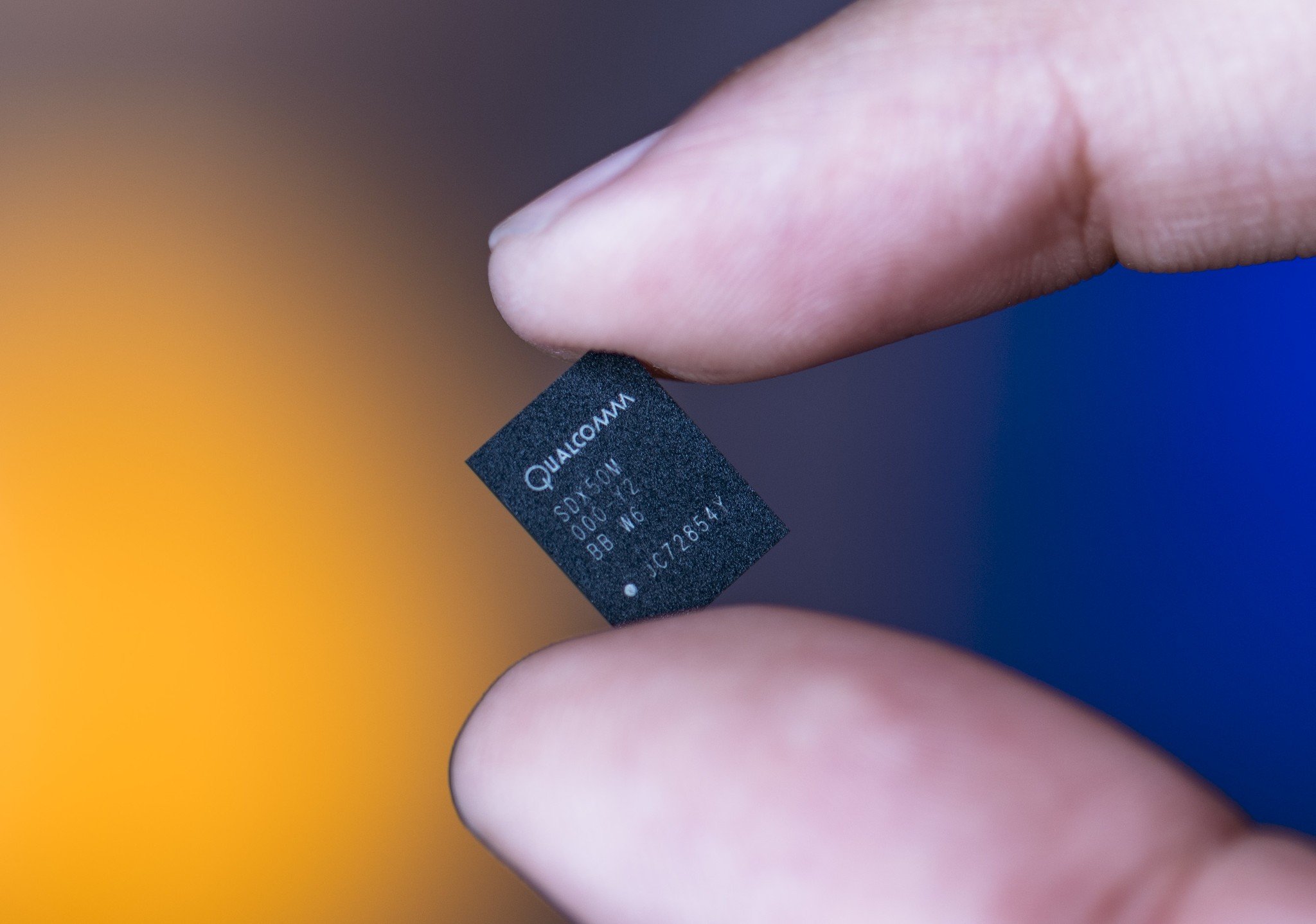Qualcomm has managed to fit its once briefcase-sized 5G modem into a phone

Back at Mobile World Congress in February, I walked through Qualcomm's sprawling show floor exhibit and was struck by the emphasis being paid to a technology that, at least at the time, had little form or concrete narrative.
5G is a term thrown around to denote the next generation of wireless technology, combining the benefits of today's high-speed 4G LTE with something faster, more ubiquitous, and significantly cheaper. While it won't be available to the public until, at the earliest, 2019, companies like Qualcomm are already preparing for the shift.
This is a 5G modem. Qualcomm has until 2019 to shrink it to fit inside a phone. #mwc17 pic.twitter.com/fMNfNpALP1This is a 5G modem. Qualcomm has until 2019 to shrink it to fit inside a phone. #mwc17 pic.twitter.com/fMNfNpALP1— Daniel Bader (@journeydan) February 28, 2017February 28, 2017
Almost exactly a year ago, the company announced its first 5G modem, dubbed X50. It was a prototype product, using an unfinished specification of an unproven wireless technology, but it was, in the company's opinion, an important first step towards proving 5G was a thing. At the time, the modem was briefcase-sized, and was shown off in a glass display.
Today, the company has announced that same product, the X50 modem, has not only been shrunk down to phone-appropriate dimensions, but it's working inside Qualcomm's first 5G reference smartphone.
Using the 5G chip, Qualcomm was able to achieve gigabit speeds using "several 100MHz 5G carriers" — carriers being the air channels over which the information flows, not the wireless carriers you pay every month for service — in the 28GHz millimeter wave spectrum. Such high frequencies have enormous capacity advantages to the sub-3GHz ones we use for LTE today, but can only travel fractions of the same distance, and require massive localized antennas to push the signal. It's also really hard for a phone — with such small antennas — to send and receive signals at those high frequencies.
When 5G networks launch in 2019, Qualcomm envisions its X50 chip side the Android phones that lead the transition. It also expects the technology to co-exist with 4G LTE for a number of years, just as we still use 3G signals for fallback today when LTE isn't available. But Qualcomm representative Sherif Hanna says that in the early days of 5G, the technology will act as a sort of "turbo mode" for existing 4G, working side by side to add capacity to existing networks.
Eventually, though, 5G is expected to offer speeds ten times what we can currently achieve with the now-mature LTE standard, and Qualcomm envisions a time in the U.S. where wireless bandwidth is so plentiful that unlimited plans will be truly unlimited, not throttled after a certain amount of usage is hit.
Get the latest news from Android Central, your trusted companion in the world of Android
For now, though, Qualcomm, despite its contentious legal situation with Apple, as well as accusations of anti-competitive practices, is forging ahead with its 5G strategy, hoping to continue its dominance in an industry that is slowly clawing its way out of paying it licensing fees for CDMA.
Until then, though, we'll still have fake 5G.

Daniel Bader was a former Android Central Editor-in-Chief and Executive Editor for iMore and Windows Central.

